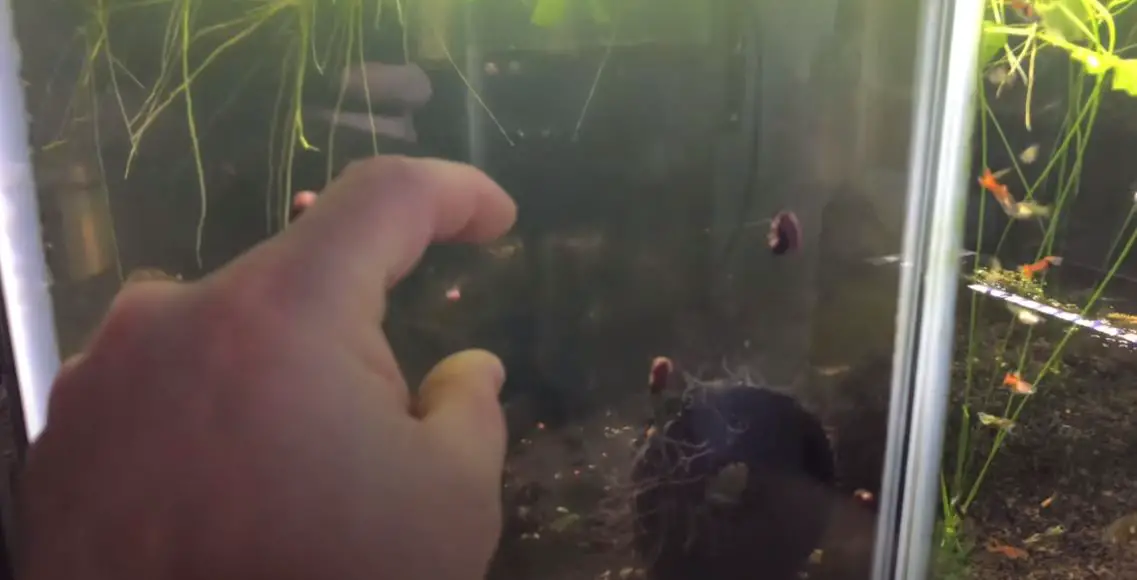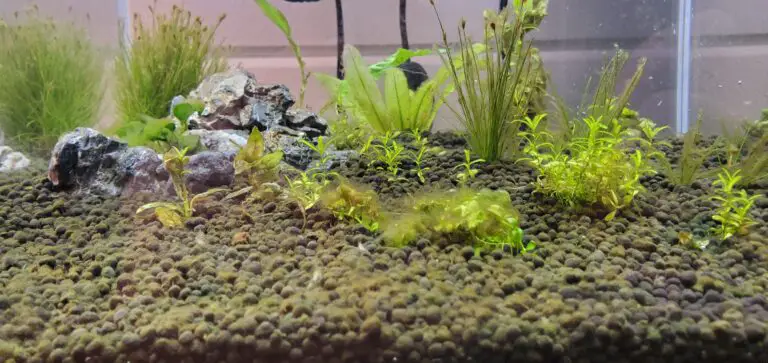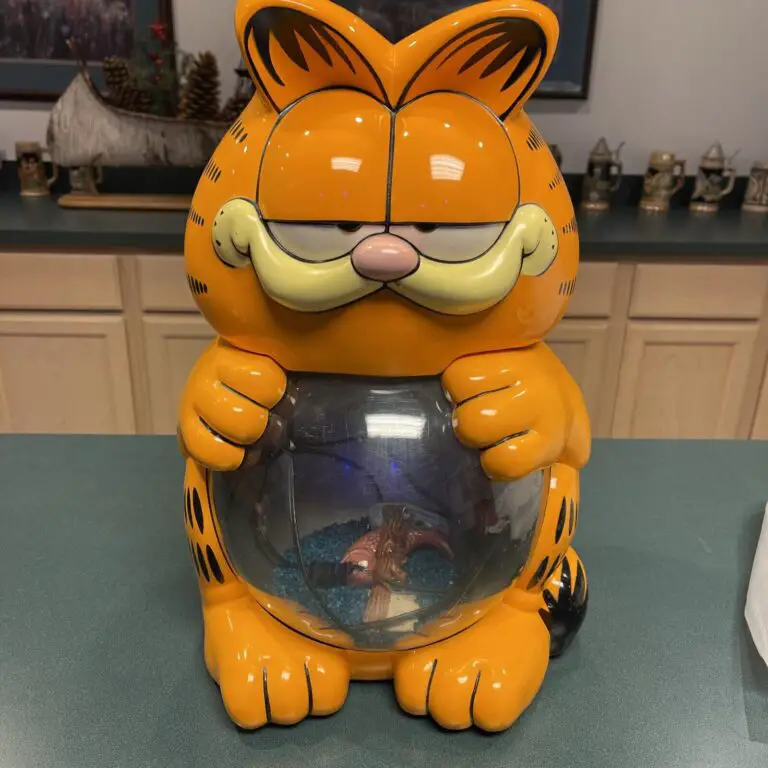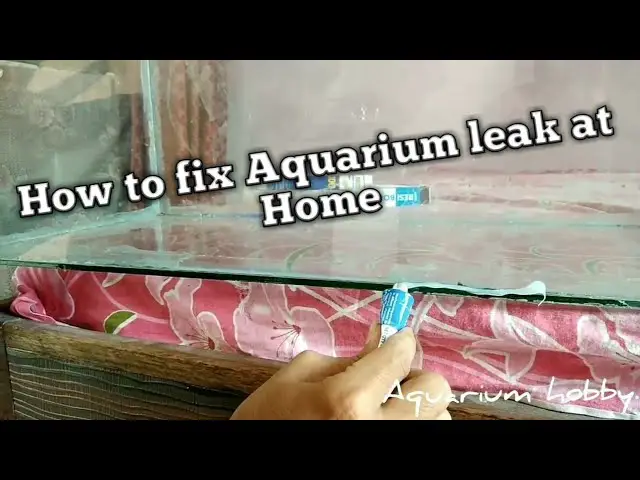Red Worms in Aquarium Substrate: Everything You Need to Know
Are you a passionate aquarium enthusiast looking to enhance the health and vitality of your underwater ecosystem?
If so, you’ve come to the right place! In this comprehensive guide, I will delve into the fascinating world of red worms in aquarium substrate.
From their benefits to their care requirements, I will cover it all. So, let’s dive in and explore the wonders of incorporating red worms into your aquarium substrate!
Red Worms in Aquarium Substrate: A Natural Marvel
Red worms, scientifically known as Eisenia fetida, are a species of composting worms that play a crucial role in breaking down organic matter.
These remarkable creatures are not only beneficial in garden compost bins but also in aquariums.
By introducing red worms into your aquarium substrate, you can create a thriving ecosystem that mimics nature’s balance.

The Benefits of Red Worms in Aquarium Substrate
- Enhanced Nutrient Cycling: Red worms are voracious eaters, consuming decaying organic matter and turning it into nutrient-rich castings. These castings, also known as worm manure, are a valuable source of essential nutrients for your aquarium plants.
- Improved Water Quality: Red worms help maintain optimal water conditions by breaking down excess waste and reducing the accumulation of harmful compounds such as ammonia and nitrites. This natural filtration process promotes a healthier environment for your aquatic pets.
- Natural Aeration: As red worms burrow through the substrate, they create tunnels that facilitate oxygen exchange. This aeration is vital for the overall health of the aquarium, preventing the buildup of anaerobic zones where harmful bacteria can thrive.
- Alleviation of Algae Growth: Red worms’ constant movement and feeding habits disrupt the growth of algae by consuming excess nutrients that would otherwise fuel its proliferation. This helps maintain a balanced and visually appealing aquarium.
- Sustainable and Eco-Friendly: Incorporating red worms into your aquarium substrate promotes sustainable practices by reducing the need for chemical additives and synthetic fertilizers. These worms contribute to a more natural and self-sustaining aquatic ecosystem.
Choosing the Right Red Worms for Your Aquarium
When selecting red worms for your aquarium substrate, it is important to consider their suitability for the aquatic environment.
Not all red worms thrive in submerged conditions, so it is crucial to choose a species that is well-adapted to aquarium life.
One such species is the Lumbricus rubellus, commonly known as the red marsh worm.
Caring for Red Worms in Aquarium Substrate
Proper care and maintenance are essential to ensure the well-being of red worms in your aquarium substrate. Here are some key considerations:
- Substrate Depth: Provide a suitable depth of substrate to accommodate the red worms’ burrowing habits. A depth of 2-3 inches is generally recommended.
- Moisture Levels: Red worms require a moist environment to thrive. Ensure that the substrate remains damp but not overly saturated. Regularly misting the substrate can help maintain optimal moisture levels.
- Temperature Range: Red worms prefer temperatures between 60°F and 80°F (15°C to 27°C). Avoid exposing them to extreme temperature fluctuations or prolonged exposure to direct sunlight.
- Feeding Schedule: Red worms are detritivores, meaning they primarily feed on decaying organic matter. Supplement their diet with small amounts of finely chopped vegetables or commercial fish food. Avoid overfeeding, as it can lead to water quality issues.
- Avoid Chemical Contamination: Red worms are highly sensitive to chemicals, so it is crucial to avoid introducing any substances that may harm them. This includes avoiding the use of pesticides, herbicides, and medications that can be toxic to worms.
- Population Control: Red worms reproduce rapidly under ideal conditions. Regular monitoring and population control measures may be necessary to prevent overcrowding in your aquarium substrate.
Conclusion
Incorporating red worms into your aquarium substrate can bring numerous benefits to your aquatic ecosystem.
From enhanced nutrient cycling and improved water quality to natural aeration and algae control, these remarkable creatures play a vital role in maintaining a healthy and balanced aquarium.
By following the proper care guidelines and considering the unique needs of red worms, you can create an underwater paradise that thrives with life and vitality.






